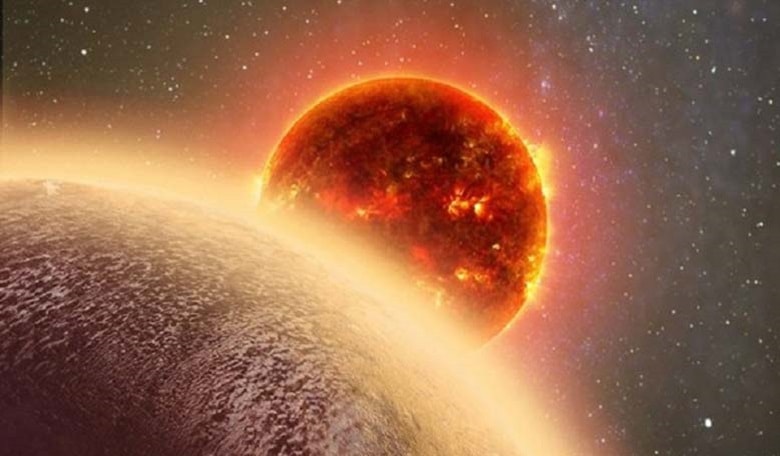With the number of exoplanet detections in the Milky Way now beyond two thousand, one of the highest priorities for astronomy in the coming decades is the characterisation of the atmospheres, and possibly the surfaces, of Earth-size planets in the habitable zones around nearby stars. The habitable zone (HZ) or ‘Goldilocks Zone’ is seen as the location around a star where liquid water may exist on a planet’s surface.
Approximately one-in- six main sequence stars (with spectral types F, G and K) detected to date by missions such as Kepler, hosts an Earth-size planet in its orbit and as M dwarfs make up approximately 70% of the stars in the Milky Way, the need to identify potential life-hosting planets on a large scale is evident.
Taking up this task, is a team of international astronomers headed by Kevin France, who have undertaken a panchromatic study – from the X-ray to mid-IR – of the spectral energy distributions (SEDs) of 11 nearby planet hosting low-mass stars (stars with masses lower than the Sun) in a survey dubbed the Measurements of the Ultraviolet Spectral Characteristics of Low-mass Exoplanetary Systems Treasury Survey, or MUSCLES for short. MUSCLES uses observations of X-rays made with Chandra and XMM-Newton, ultraviolet observations with Hubble, and visible observations from Hubble and ground-based observatories.
Why study the SEDs around planets that are smaller and dimmer than our Sun? An intermediate step towards the discovery of life on these exoplanets is the measurement of atmospheric gases, often referred to as biomarkers or biosignatures, that may indicate the presence of biological activity. Previous theoretical research has found that oxygen can be produced "abiotically," or by nonliving means and is more likely in the case of planets orbiting low-mass stars.
The first abiotic method identified to produce this result is when a star's ultraviolet (UV) light splits apart carbon dioxide (CO2) molecules, freeing some of the oxygen atoms to form into O2, the kind of oxygen present in Earth's atmosphere. Because this process also produces significant and potentially detectable amounts of carbon monoxide (CO), having both carbon dioxide and carbon monoxide together in the atmosphere of a rocky planet would cast suspicions on the origin of any oxygen that was detected.
The ultraviolet (UV) stellar spectrum of a host star is therefore critical to the definition and interpretation of biosignature gases on its planet and without the stellar UV spectrum, scientists cannot produce realistic synthetic spectra of Earth-like planets in these systems, a necessary step for interpreting biomarker gases and their potential to diagnose habitability. However, flux distributions around low-mass stars are poorly known at present and this is where MUSCLES makes it mark.
Preliminary results from the team show that the spectral energy distribution of the radiation field changes dramatically for different habitable zone distances around low-mass stars, as indicated by a decline of more than two orders of magnitude in the far ultraviolet (FUV) and near ultraviolet (NUV) flux ratio. In addition computer models based on X- ray (coronal) data alone underestimate the FUV transition region flux by factors of ? 5 – 30, meaning that these simulation should not be used for calculating the FUV radiation field of exoplanet host stars.
With the nearest known Earth-size planet orbiting an M dwarf and the nearest known Super-Earth mass planets in habitable zones orbit M and K dwarfs, it pays to know the spectral energy distribution (SED) of the most common type of star in the Galaxy. Luckily, more is expected from the team behind MUSCLES as research using this survey is still in its early stages.
Further information on this research can be found at http://arxiv.org/pdf/1602.09142v1.pdf











